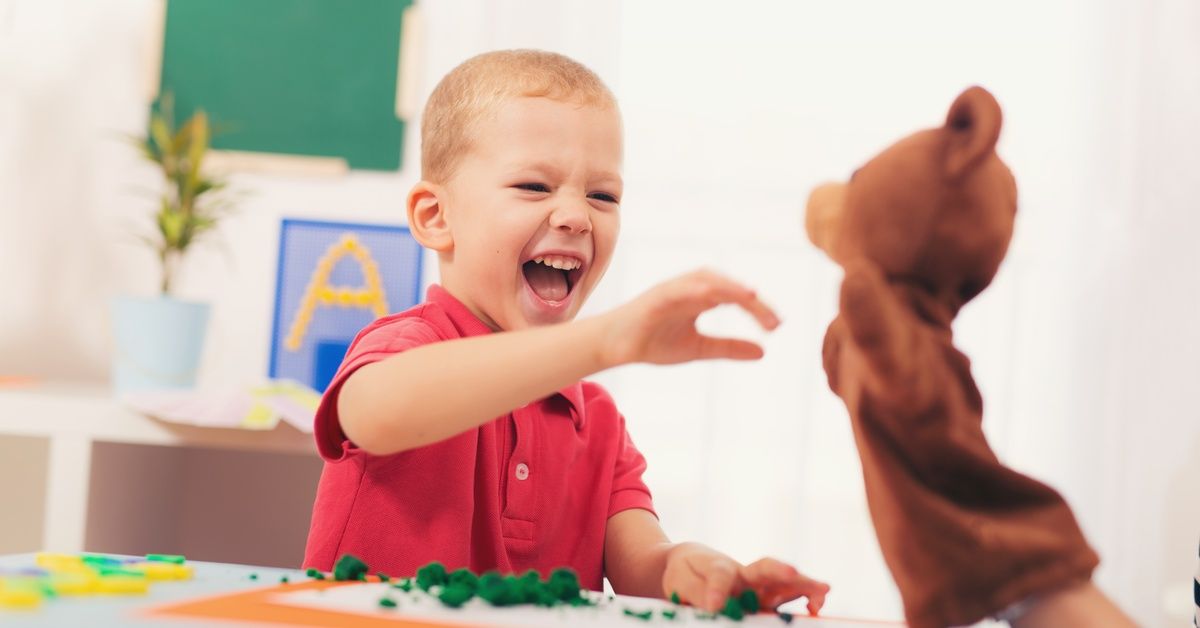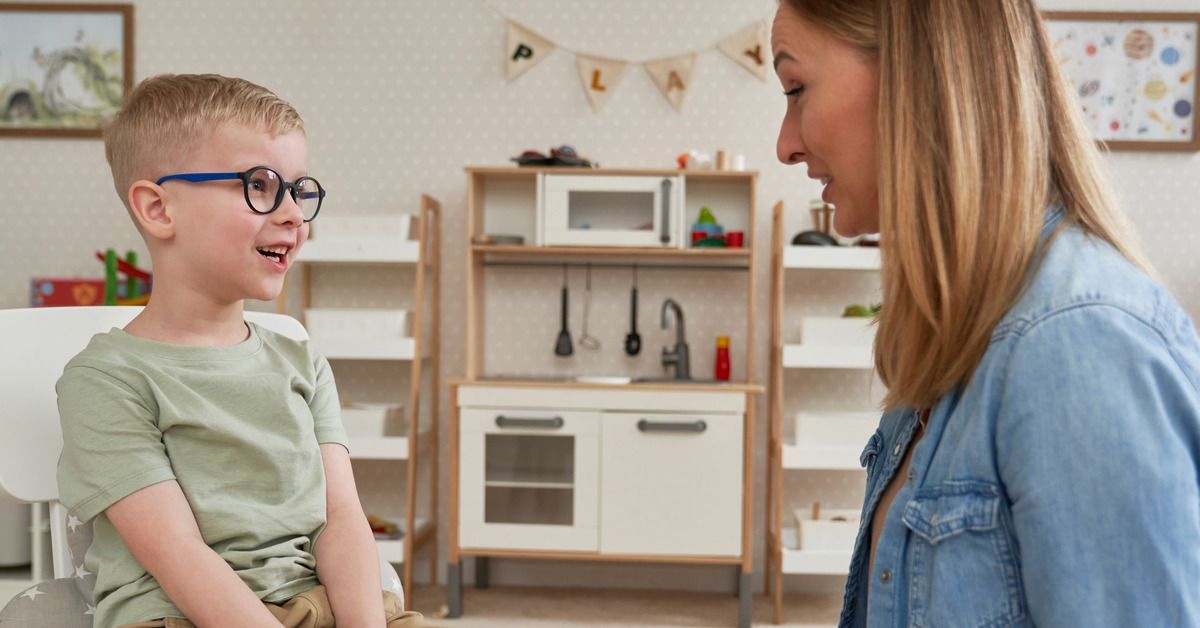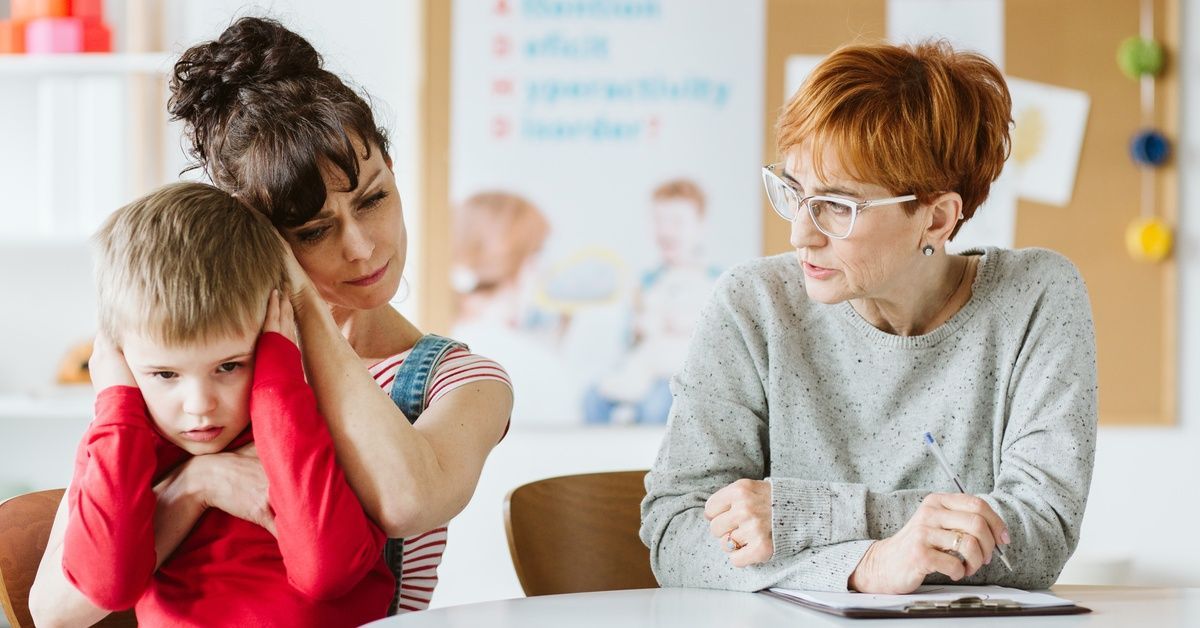Helping Your Child With Autism Cope With Changes in Routine
Change can be challenging for many children, but for those with autism, disruptions to their daily routines may feel especially overwhelming. Consistency often provides children with a sense of stability and predictability, making routine an essential part of their emotional well-being. When this stability is disrupted, it can lead to feelings of stress, frustration, or anxiety.
Helping your child with autism cope with changes in routine is fundamental for their emotional development and confidence. By understanding the sources of their challenges and implementing strategic solutions, caregivers and parents can help their child adapt and thrive. One effective approach is using applied behavior analysis (ABA) techniques, which provide valuable tools to make transitions smoother for children and families.
Understanding the Challenges of Routine Changes for Children With Autism
Children with autism often depend on routine to feel secure. Predictability minimizes uncertainty in their daily lives, giving them a structure they can rely on. A sudden change in this structure, such as a different morning routine or an unexpected visitor, can cause significant stress. Without warning, what was once a serene environment may feel chaotic and uncertain.
When faced with changes, children with autism may exhibit specific reactions like anxiety, meltdowns, or resistance. These responses are not a reflection of unwillingness but a means of expressing distress in navigating the unexpected. Beyond behavior, sensory sensitivities can amplify a child’s difficulty during these transitions. For instance, a new visual setting or unfamiliar noises can intensify discomfort.
How ABA Therapy Can Help in Coping With Routine Changes
ABA therapy is widely recognized for its role in building essential skills in children with autism. Grounded in the principles of behavior modification, this therapy helps children develop adaptable behaviors by encouraging positive habits and responses.
Through ABA therapy, children learn flexibility, an essential tool for navigating the unplanned. For example, role-playing hypothetical scenarios involving minor disruptions prepares children to manage real-life transitions with greater ease. Using reinforcement techniques, therapists motivate children by associating positive outcomes with adaptive behavior, paving the way for children to understand and manage routine changes constructively.
Parents can also play an active role in ABA therapy by learning how to apply these methods at home. This extended framework of support makes a major difference in a child’s ability to adapt.
ABA Therapy Training for Parents: Empowering Families To Manage Routine Changes
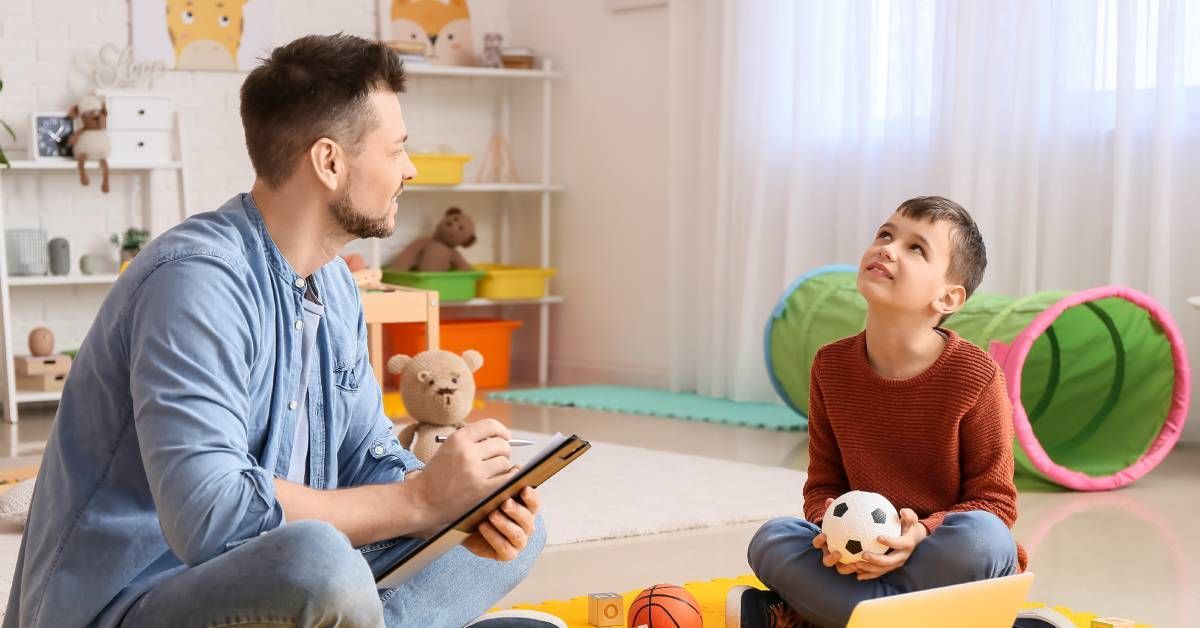
ABA therapy training for parents equips caregivers with tools to better support their child through transitions. With expert guidance, parents acquire skills in structuring routines, preparing for changes, and reinforcing positive behaviors.
Establishing Predictable Routines With Flexibility
Parents are taught to establish predictable routines, weaving flexibility into structure. For example, incorporating minor substitutions in a daily schedule—like swapping orange juice for apple juice at breakfast—helps children gradually adapt to minor changes without distress.
Using Visual Schedules To Prepare for Changes
Visual schedules are integral in this process, providing children with a tangible representation of what to expect next. For instance, a visual timeline with symbols or pictures presents changes in a way that is more digestible and less intimidating.
Managing Transitions With Countdown Strategies
Transitioning between activities or locations is another focus area in ABA training. For example, counting down to the end of an activity (i.e., “We have five more minutes of drawing”) can make the shift feel less abrupt.
Teaching Calming Strategies for Self-Regulation
Similarly, calming strategies like deep breathing exercises or sensory breaks can teach self-regulation. Over time, ABA-based approaches empower caregivers with techniques to use in real-world situations, fostering better coping mechanisms in their children.
Practical Ways To Support Your Child Through Change
Helping your child with autism cope with changes in routine doesn’t have to be overwhelming. Small, intentional actions can make transitions much smoother and help build their adaptability.
Preparation: Giving Your Child Time To Adjust
Preparation is key. Informing your child of upcoming changes in advance allows them time to adjust mentally. For instance, if a new babysitter supervises them, show pictures of the sitter or schedule a short introductory visit before the full change takes place.
Offering Choices To Build a Sense of Control
Allowing the child to feel a sense of control can also be beneficial. Offer them choices when possible (“Would you like to wear the blue shirt or the yellow one?”) to create predictability within the framework of change.
Using Quiet Areas To Reduce Anxiety
You may also consider creating a “calm-down” space where your child can retreat to process their emotions. A quiet corner filled with comfortable pillows, sensory objects, or comforting toys can become their personal sanctuary.
Maintaining Consistency To Provide Stability
Above all, ensure expectations remain consistent. For example, if screen time is limited to 30 minutes a day, maintain that structure, even during periods of routine change. This consistency provides stability that helps a child feel secure amid unfamiliar circumstances.
Building Confidence and Stability Through Parental Support
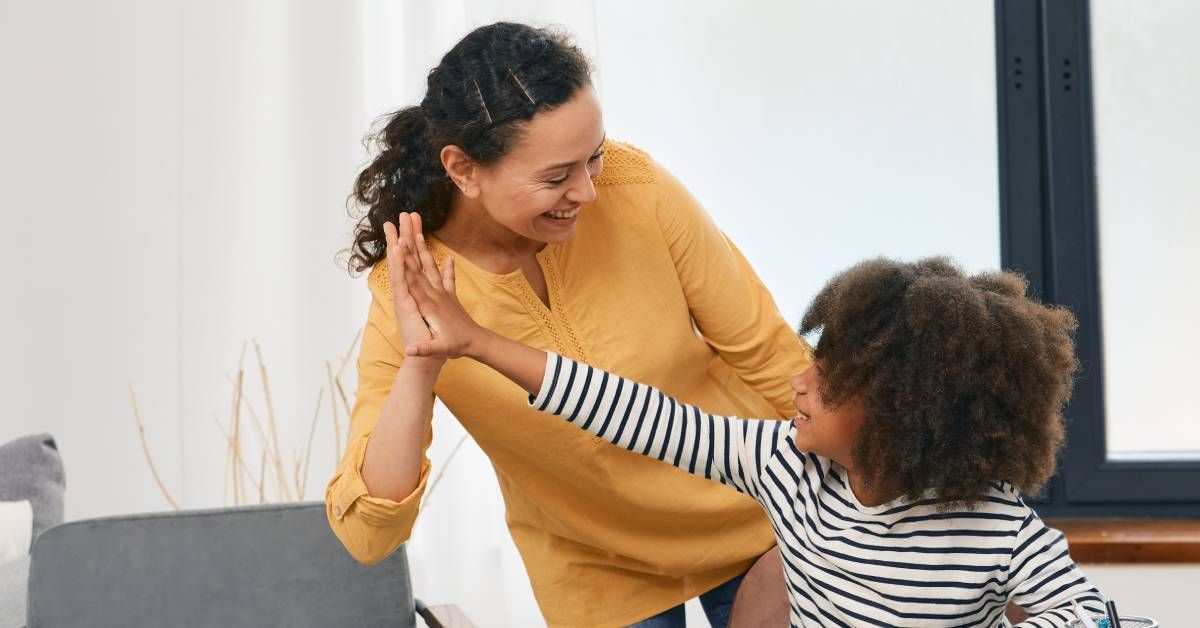
Parents play a crucial role in smoothing the path when changes in routine arise. Your consistency and patience can be a guiding light as your child learns to step out of their comfort zone. Celebrate their victories, no matter how small. Did they adjust to a rearranged furniture layout without distress? That’s a win! Positive reinforcement not only boosts their confidence but also strengthens your bond.
When needed, lean on professionals for support. ABA therapists, for instance, are there to provide targeted strategies and insights into managing transitions effectively. Whether your child requires additional practice in adapting to routines or you need guidance implementing these techniques at home, professional resources can make a marked difference.
Supporting Change With Confidence
Navigating routine changes with a child who has autism can be a unique challenge, but it’s one that parents, caregivers, and educators don’t have to face alone. ABA therapy offers an evidence-based approach to preparing children for transitions while training parents to apply these strategies meaningfully. Equipping children with these skills enables them to thrive in unpredictable environments, offering both stability and an opportunity for growth.
Consider exploring ABA therapy training at HANDS Center for Autism today. Our commitment to empowering families ensures you’re supported every step of the way. With curiosity, patience, and the right strategies, every child can learn to adapt, succeed, and shine.


